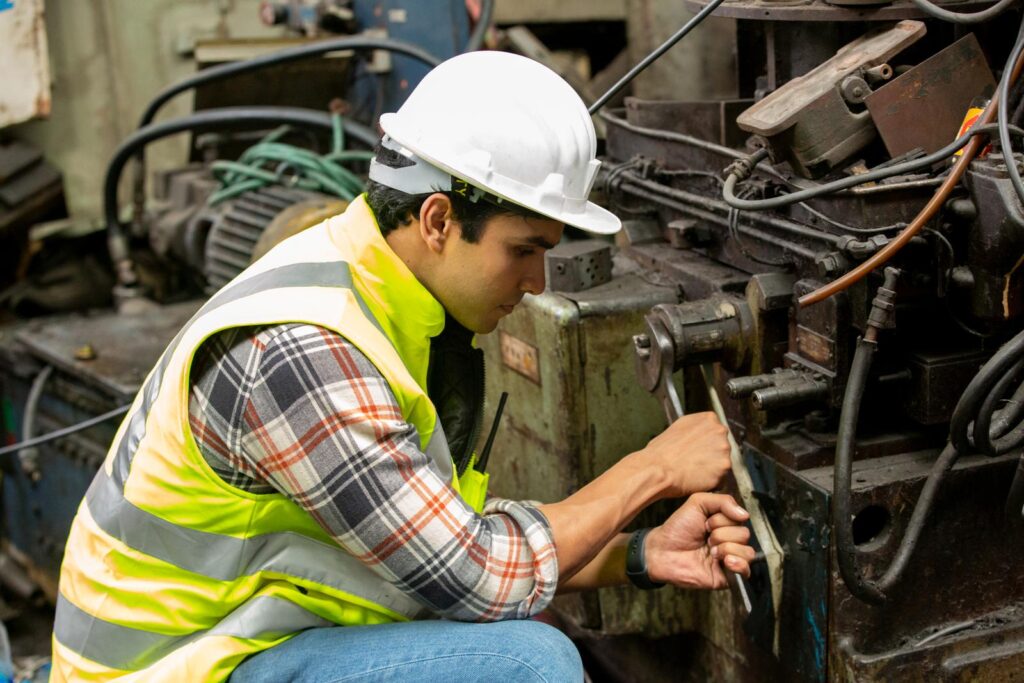Let’s talk about your dream project.
Schedule a free consultation now
Replacing filter bags in industrial settings is critical as the right filter bag can differentiate between optimal performance and sub-par operation. With such a wide variety of filter bags available, it cannot be easy to make the right decision for the application. Before replacing any filter bags, several critical factors must be considered to ensure optimal performance. These include temperature needs, chemical composition, air-to-cloth ratio, analyze airflow resistivity and regulatory requirements. Knowing how each of these factors affects the operation of the filter bag will enable the user to make an informed decision that will positively affect the operation.
When replacing your filter bag, it is important to consider the temperature needs of your filter bag. Different filter bags can withstand different temperatures, so choosing the right filter bag for your application is crucial. High-temperature filter bags are designed specifically to withstand high temperatures and are often used in hot gas filtration, dedusting, and incineration processes. Lower-temperature filter bags are often used in processes that require temperatures below 200°F, such as cooling systems and exhaust air filtration. Selecting the wrong temperature filter bag can cause significant problems in your industrial setting.
When replacing a filter bag, it is important to consider the chemical composition of the filter bag. Different filter bags are better suited for different types of chemicals, so selecting a filter bag compatible with the chemicals it will be exposed is important. For example, some filter bags are designed to resist highly corrosive chemicals, while others are better suited for more general applications. Choosing the right filter bag is important to ensure that it performs optimally and does not break down prematurely due to chemical exposure.
The air-to-cloth ratio of the filter bag is an important factor to consider when choosing a replacement bag. This ratio measures the air that can pass through the bag’s fabric. Generally, the higher the air-to-cloth ratio, the better the filter performance. It is important to understand this ratio as it impacts the filter bag’s flow rate and can affect your system’s overall performance. The right air-to-cloth ratio will depend on the specific needs of your application.
When it comes to ensuring optimal filter performance, analyzing the airflow resistivity of the filter bag is essential. The airflow resistivity, also known as pressure drop, is determined by the thickness of the bag and the number of fibres used in the bag’s construction. A higher airflow resistivity means the filter bag will allow a higher air flow rate. Understanding the airflow resistivity of the filter bag can help you determine the right size and type of filter bag for your application. It is important to note that the airflow resistivity of the filter bag should be within the manufacturer’s specifications to ensure optimal performance.
When replacing filter bags, it is important to consider the applicable regulatory requirements. Depending on the industrial application type, different levels of air filtration are required. Additionally, the filter bags may need to be able to handle certain levels of chemical composition. Failing to meet these requirements can lead to environmental or safety issues, so it is important to understand which filter bag is best for the job. Researching the current standards and understanding the necessary regulations can help ensure you get the best filter bag for the application.
When it comes to maintenance, it is important to keep an eye on the filter bag to ensure that it performs optimally. Regular inspections should be conducted to check for clogs, tears, or other damage that could affect the filter bag’s performance. Additionally, filter bags should be cleaned regularly to remove any debris or dust that has built up. Depending on the type of filter bag and its application, different cleaning methods may be necessary. Finally, filter bags should be replaced when needed to ensure optimal performance.
Choosing the right filter bag for an industrial setting is important, and five critical factors should be considered to ensure optimal performance. Temperature needs, chemical composition, air-to-cloth ratio, analyzed airflow resistivity, and regulatory requirements are all factors that should be taken into account when replacing a filter bag. Understanding the importance of each of these factors and how they can affect filter performance can help to ensure that the filter bag is working optimally and that all applicable regulatory requirements are met. With the right filter bag, you can ensure your industrial application runs smoothly and efficiently.

Air slides are an ingenious technology that is crucial in many industries. They are used to convey bulk materials, such as powders and granular substances, in a
Learn more
In every industry, maintaining operational efficiency and extending the life span of equipment are critical considerations. With its complex machinery and demanding
Learn more
Filter bags play a crucial role in various industries by ensuring efficient air filtration and dust collection. However, when faced with extreme dust challenges,
Learn more